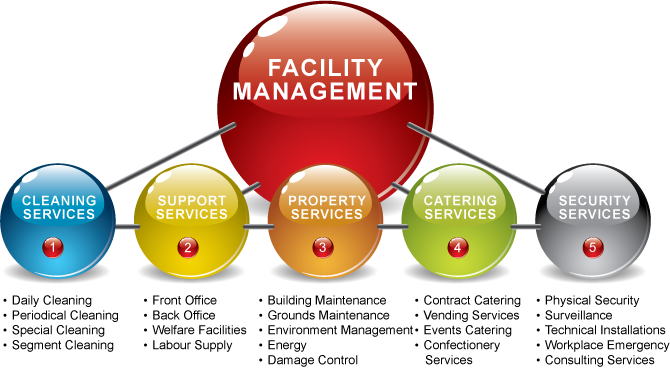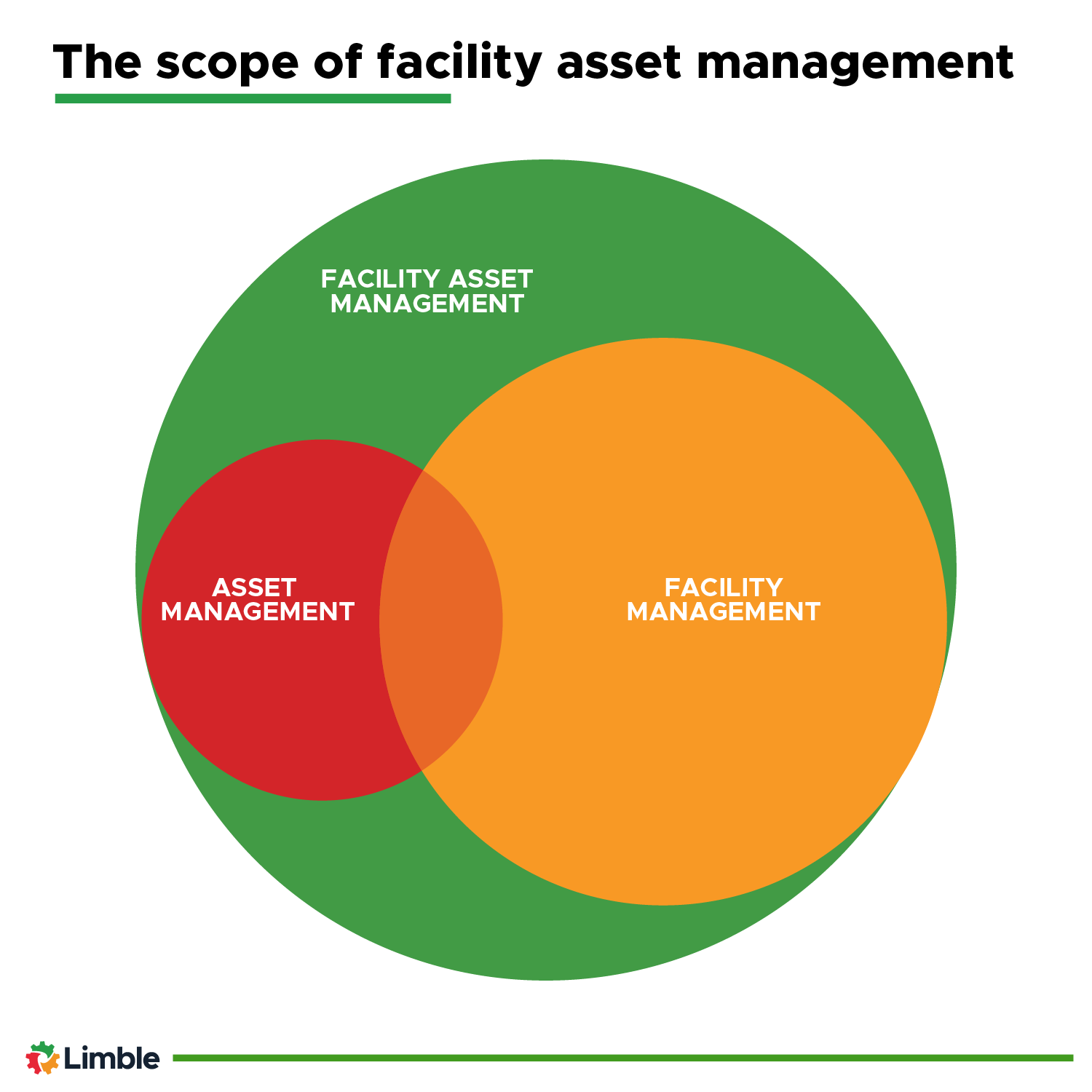How Facility Management Improves Workplace Performance
How Facility Management Improves Workplace Performance
Blog Article
Key Trends Shaping the Future of Center Administration in 2024
As we expect 2024, the landscape of center administration is positioned for significant improvement, driven by a number of key fads. The integration of wise structure innovations and a change in the direction of data-driven decision-making pledge to enhance operational performance while prioritizing sustainability in practice. Additionally, the introduction of crossbreed work versions is improving workplace atmospheres, requiring innovative layout options that cater to evolving worker needs. Amid these modifications, the concentrate on occupant health remains to gain grip, emphasizing the value of a healthy and balanced office. Exactly how these fads will show up in practice stays a crucial inquiry for market specialists.
Smart Building Technologies

Smart building innovations incorporate a broad variety of systems, consisting of smart illumination, HVAC controls, and protection systems. By incorporating these systems, facility managers can keep track of and adjust parameters in real-time, bring about substantial decreases in power waste and operational expenses. Wise sensing units can discover occupancy degrees and readjust lighting and temperature level accordingly, making certain that energy is only made use of when essential.
Furthermore, these innovations help with improved information collection, enabling organizations to track use patterns and identify chances for further renovations. The implementation of smart building modern technologies not just contributes to sustainability objectives however also develops much healthier workplace that can increase staff member efficiency and fulfillment.
As we move into 2024, the adoption of clever structure modern technologies will likely accelerate, showing a more comprehensive change in the direction of even more smart, responsive, and lasting facility monitoring techniques.
Data-Driven Choice Making
Progressively, organizations are leveraging data-driven choice making to boost facility administration practices. By utilizing information analytics, facility managers can derive actionable understandings that dramatically boost operational effectiveness and source allowance. The assimilation of advanced innovations, such as IoT sensing units and real-time surveillance systems, enables the collection of substantial amounts of information on structure efficiency, tenancy prices, and energy intake.
This wide range of information allows facility managers to recognize patterns, anticipate maintenance demands, and proactively address issues prior to they rise. Predictive analytics can anticipate tools failings, minimizing downtime and fixing expenses. Additionally, data visualization devices assist in better communication amongst stakeholders, ensuring that notified choices are made collaboratively.
Additionally, data-driven approaches enhance critical preparation by making it possible for facility managers to analyze the effectiveness of present practices and make educated choices relating to investments in innovation or facilities. As organizations increasingly prioritize functional quality, data-driven choice production is poised to come to be a foundation of successful facility administration strategies in 2024 and beyond. Eventually, the ability to leverage information properly will encourage organizations to produce extra effective, efficient, and resistant centers.
Sustainability and Eco-friendly Practices
The focus on data-driven decision making naturally straightens with the growing concentrate on sustainability and eco-friendly methods within facility monitoring. As companies increasingly focus on ecological duty, facility supervisors are leveraging analytics to maximize resource use, minimize waste, and decrease carbon footprints. This critical strategy makes it possible for the assimilation of energy-efficient systems, such as LED illumination, wise a/c controls, and renewable resource resources into facility operations.
Additionally, the implementation of lasting techniques prolongs beyond power intake. Center managers are taking on green materials and advertising recycling initiatives to develop a round economic climate within their centers. This not only improves the ecological profile of the company but additionally promotes a culture of sustainability amongst staff members.
Compliance with environmental guidelines is an additional critical aspect driving the adoption of environment-friendly methods. By utilizing data analytics, center managers can keep track of compliance metrics and recognize locations for why not try these out renovation, guaranteeing adherence to worldwide and local sustainability requirements.
Crossbreed Job Versions
A significant shift towards hybrid job versions is improving the landscape of center monitoring in 2024. This standard incorporates in-office and remote work, requiring a reevaluation of area use, resource appropriation, and employee engagement strategies. Organizations are increasingly identifying the value of flexible work areas that satisfy diverse needs and choices.
Center link supervisors have to adapt by implementing flexible workplace styles that support collective initiatives while offering areas for focused work. This consists of the integration of innovation to facilitate smooth interaction and collaboration amongst remote and in-office staff members. Smart structure services, geared up with analytics and sensing units, enable for real-time surveillance of area use, making it possible for organizations to enhance their settings successfully.
Moreover, hybrid job versions stress the need for reliable center monitoring that focuses on employee experience. In essence, the hybrid job design is changing center administration, encouraging a positive strategy to satisfy the advancing needs of the labor force.
Boosted Owner Health
As companies welcome hybrid job versions, an enhanced focus on passenger wellness is becoming integral to facility administration approaches. Facility Management. This shift identifies that a pleased and healthy workforce directly impacts performance and retention rates. Center managers are now focusing on settings that promote mental and physical wellness, integrating elements such as natural illumination, biophilic layout, and available wellness sources

Innovation plays an important function in this evolution. Smart structure systems can monitor ecological variables and adjust setups in real-time, guaranteeing optimum comfort degrees - Facility Management. Furthermore, feedback systems, such as occupancy sensing units and employee surveys, permit center managers to continually refine wellness campaigns based on resident needs.

Final Thought
In 2024, the future of facility monitoring will be dramatically influenced by the combination of clever structure technologies and data-driven decision-making, fostering enhanced operational efficiency. Sustainability initiatives will certainly focus on green methods, while the development of hybrid job designs will certainly require adaptable workplace styles. Moreover, an enhanced concentrate on occupant wellness via innovative heating and cooling systems and biophilic design will add to much healthier workplace. These fads collectively underscore the progressing landscape of facility management in feedback to contemporary obstacles and possibilities.
Facility managers are taking on green materials and promoting reusing campaigns to produce a circular economic climate within their centers.A considerable change in the direction of crossbreed work designs is reshaping the landscape of center administration in 2024.In addition, hybrid job designs stress the requirement for efficient center management that focuses on employee experience.As organizations welcome hybrid work versions, a heightened emphasis on owner health is ending up being integral to center monitoring methods.In 2024, the future of center management will certainly be significantly affected by the combination of clever building technologies and data-driven decision-making, cultivating boosted functional efficiency.
Report this page